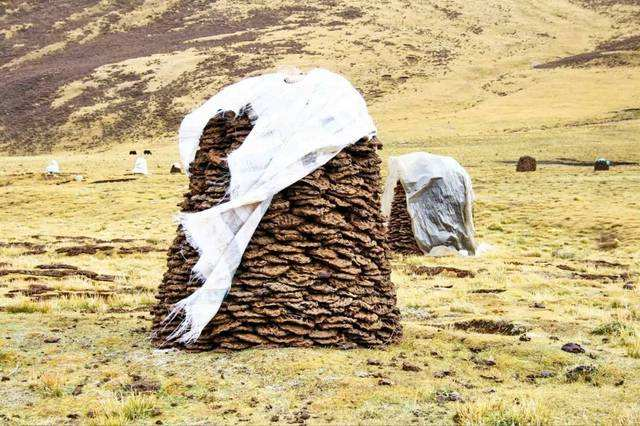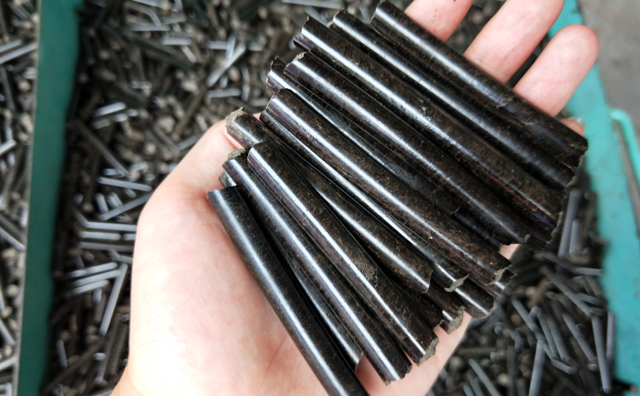With the rapid development of the cattle industry, manure pollution has become a major problem. According to relevant data, in some places, cattle manure is a kind of waste, which is very suspected. The pollution of cow manure to the environment has exceeded industrial pollution. The total amount is even more than 2 times. Cow dung can be processed into biomess pellets machine with a fuel pellet machine for combustion, but cow dung has another function, it turns out to be a dishwashing.

A cow produces more than 7 tons of manure per year, and a yellow cow produces between 5 and 6 tons of manure.
Due to the lack of attention to the treatment of cow dung in various places, there are basically no cow dung treatment facilities in some places where cattle raising is concentrated.
As a result, cow dung is piled up indiscriminately everywhere, especially in summer, the smell is soaring, which not only has a negative impact on the normal life of the surrounding residents, but also the source of the breeding and reproduction of many bacterial pathogens, which has a serious impact on the breeding community. .
In addition, raw cow dung is directly on the ground, it generates heat, consumes soil oxygen, causes root burning, and also spreads the eggs of parasites and pathogenic microorganisms.
In Tibet, this cow dung has become a kind of treasure. It is said that Tibetans put cow dung on the wall to show their wealth. Whoever has more cow dung on the wall shows who is the richest.
Cow dung is called “Jiuwa” in Tibetan. “Jiuwa” has been used as a fuel for tea and cooking in Tibet for thousands of years. Farmers and herdsmen living in the snowy plateau regard it as a better fuel. It is completely different from cow dung in the south and has no smell.
In addition, cow dung is often used to wash dishes in Tibetan homes. After drinking the bowl of butter tea, they took a handful of cow dung and rubbed it in the bowl, even if it was washing the dishes.
Cow dung can be treated by constructing a biogas digester, which has a good effect. It not only solves the fuel source of the masses, but also makes the cow dung fully decomposed. The residue and liquid of the biogas are very good organic fertilizers, which can improve the intrinsic properties of fruits and vegetables. Quality, reduce investment.
Cow dung is a good raw material for growing mushrooms. The cow dung produced by a cow a year can grow one mu of mushrooms, and the output value per mu can exceed 10,000 yuan.
Now, it can turn manure into treasure, and process biomass pellets into biomass pellet fuel with low cost, stable quality, large market space and environmental protection, so as to obtain higher benefits.

To use cow dung to process pellet fuel, firstly, the cow dung is pulverized into fine powder through a pulverizer, and then dried to the specified moisture range through a drying cylinder, and then directly pelletized by the fuel pellet machine. Small size, high calorific value, easy storage and transportation, etc.
The combustion of cattle dung biomass pellet fuel is pollution-free, and the sulfur dioxide and other gases in the emissions are within the scope of environmental protection regulations.
Cattle dung biomass pellet fuel can be used in households and power plants, and the discharged ash can be sold to road construction departments for paving roadbeds, and can also be used as sewage adsorbents and organic fertilizers.
Post time: Mar-12-2021









